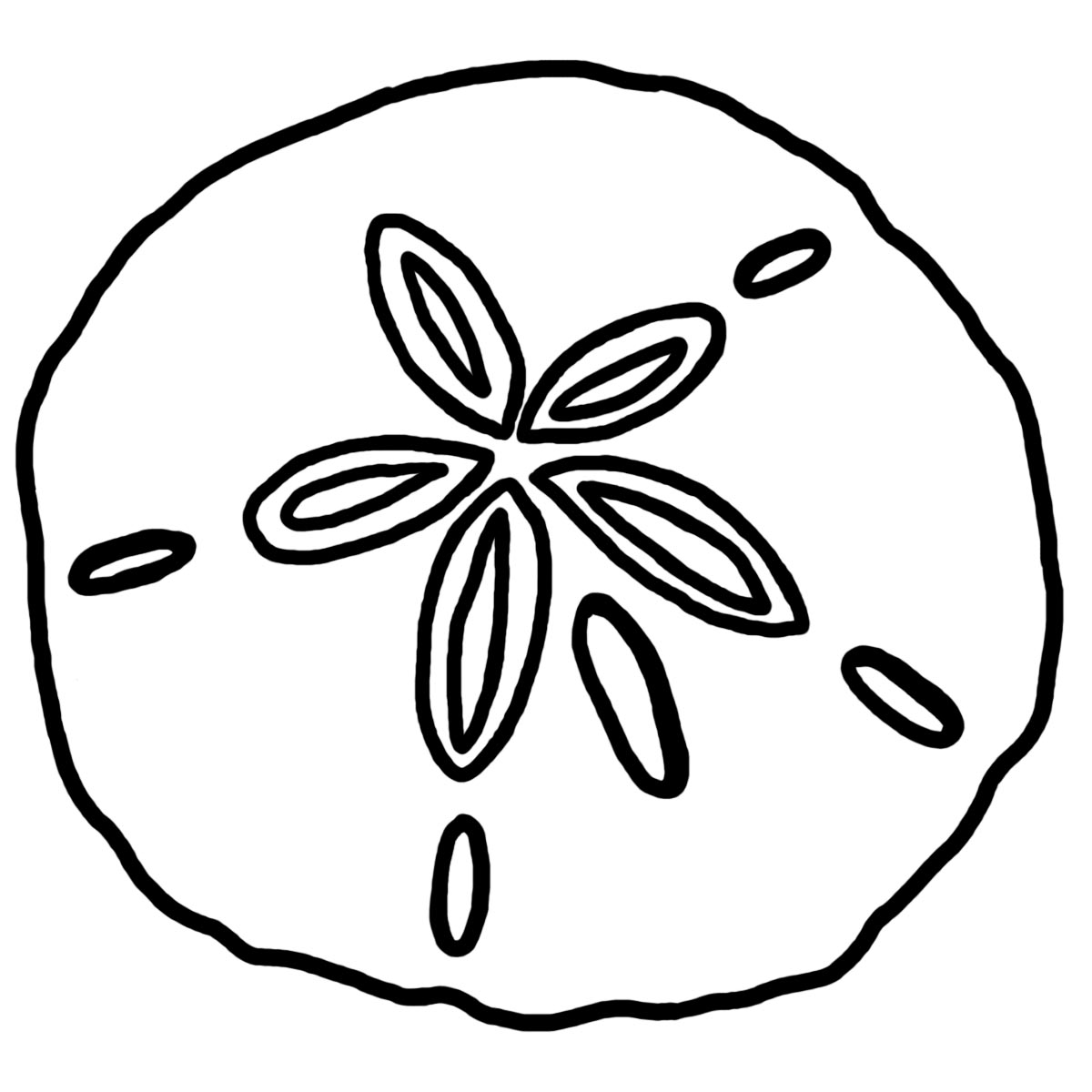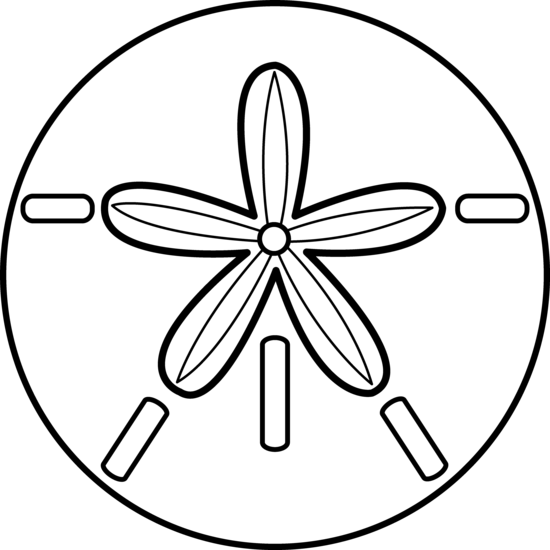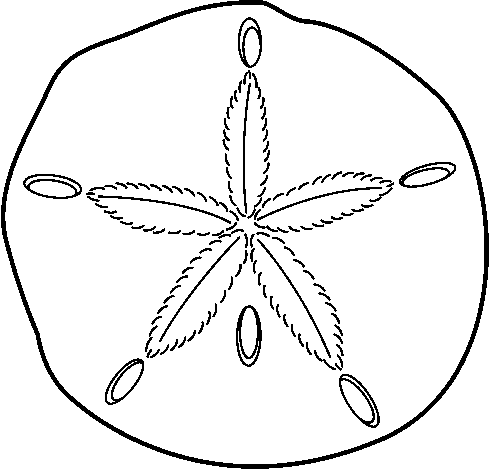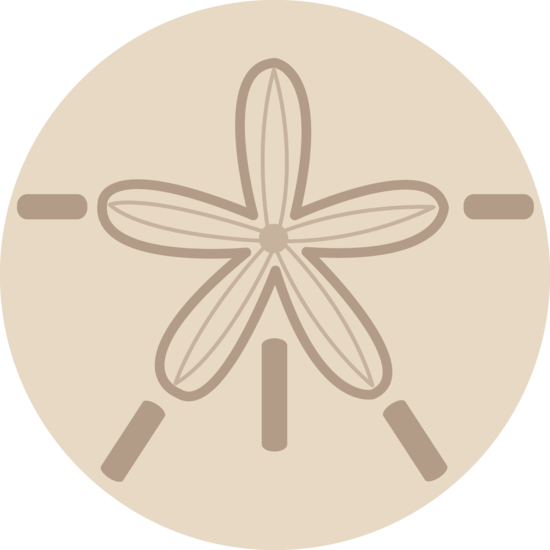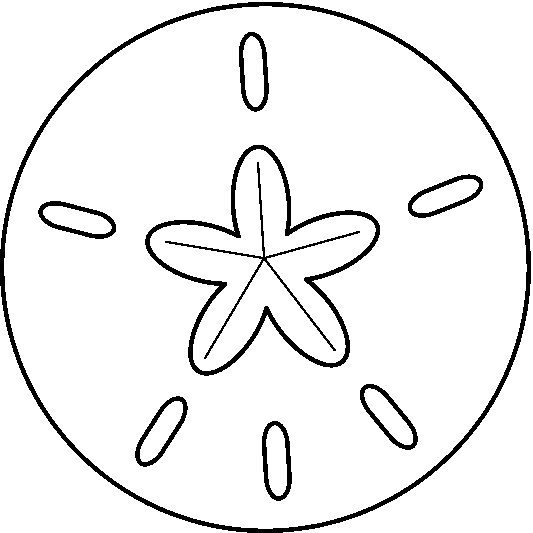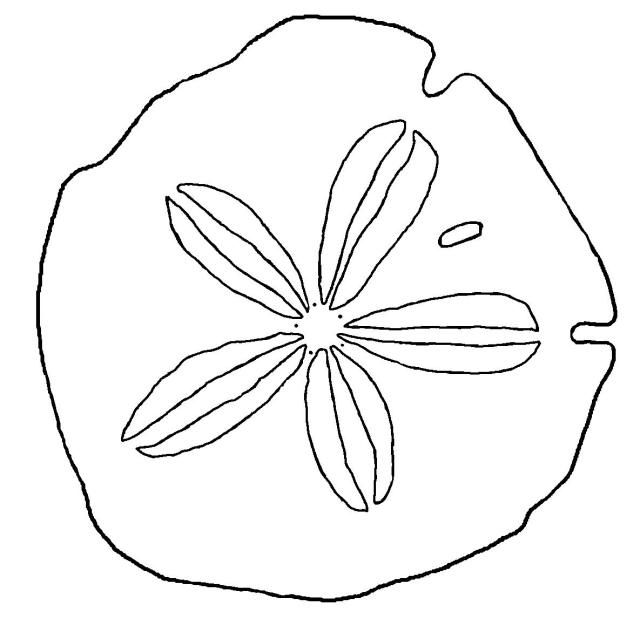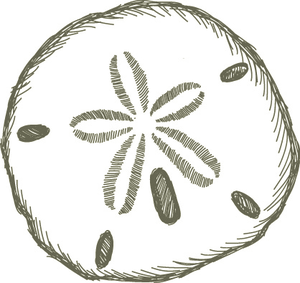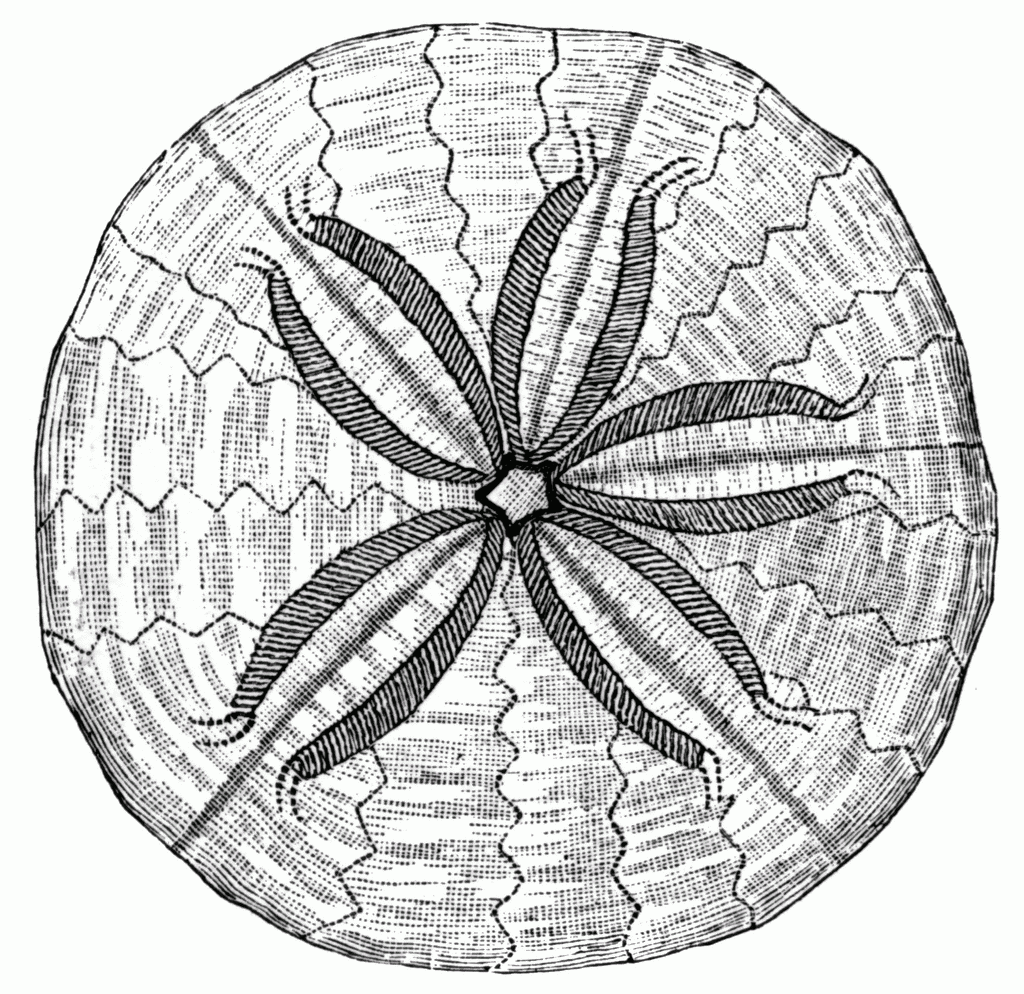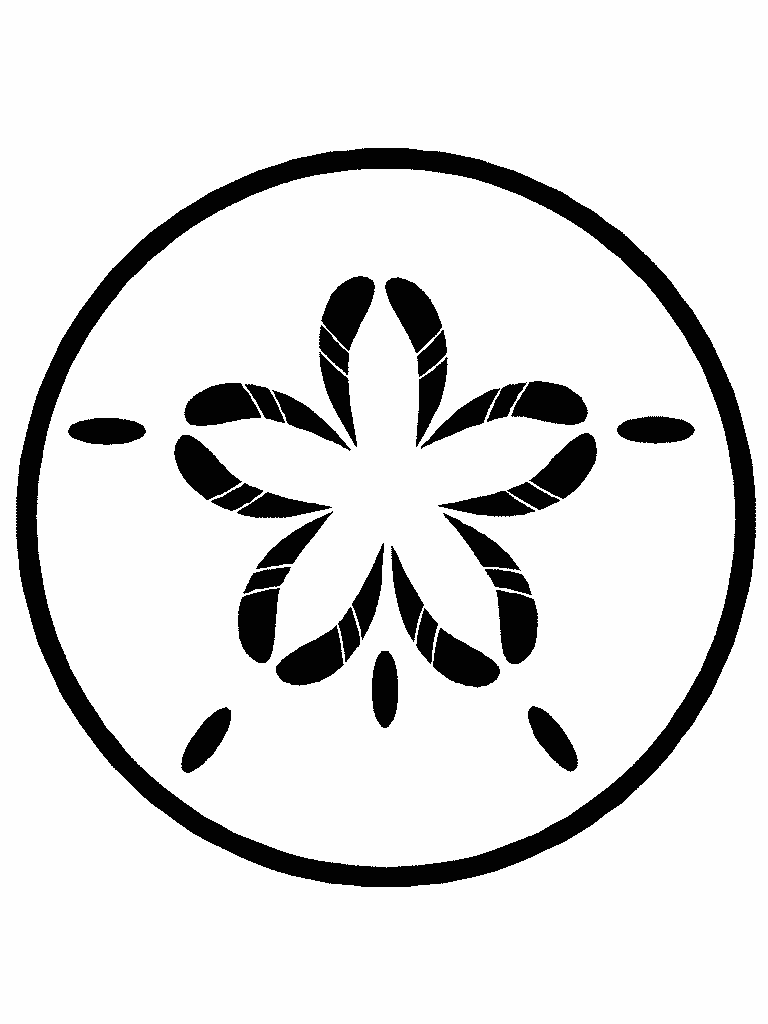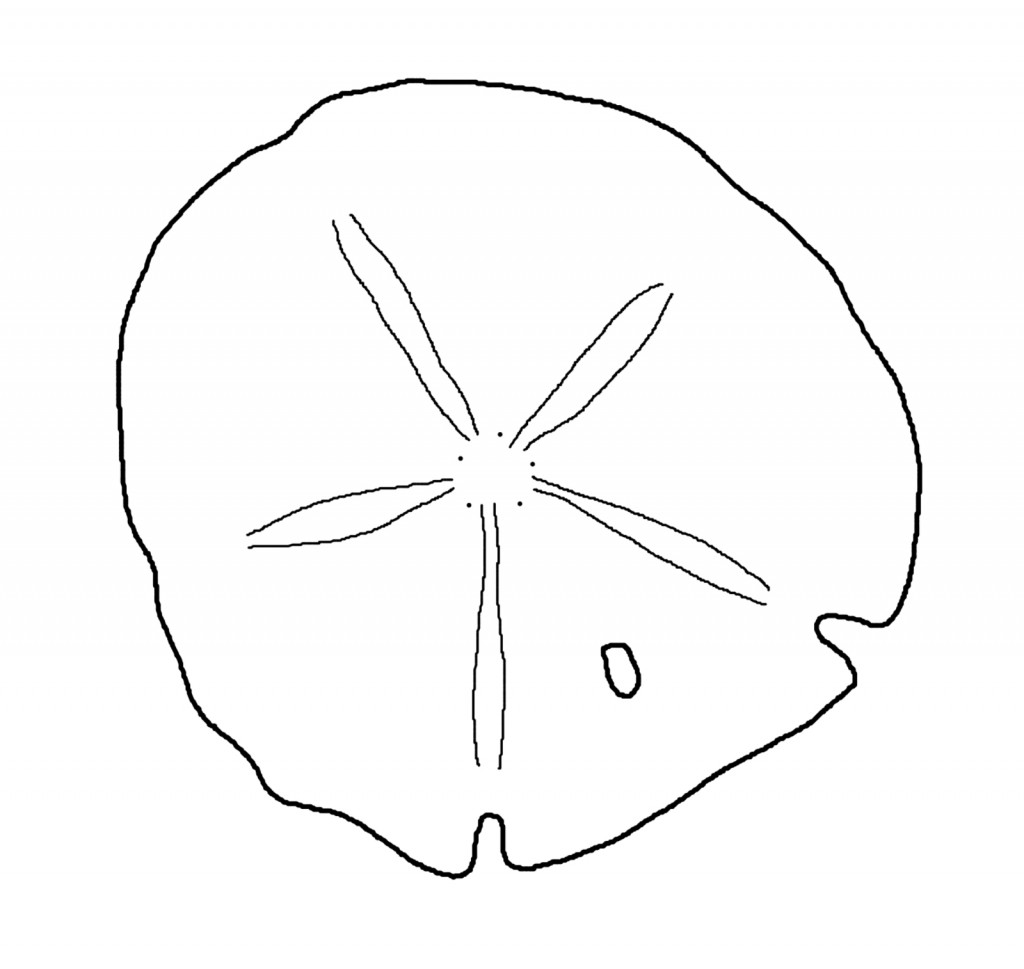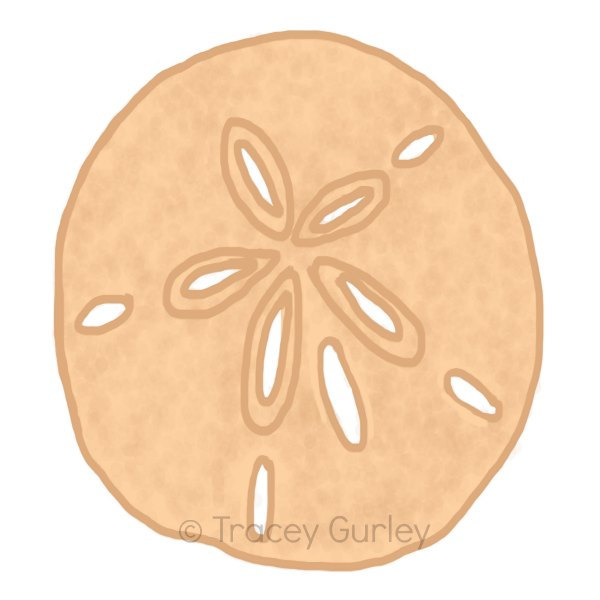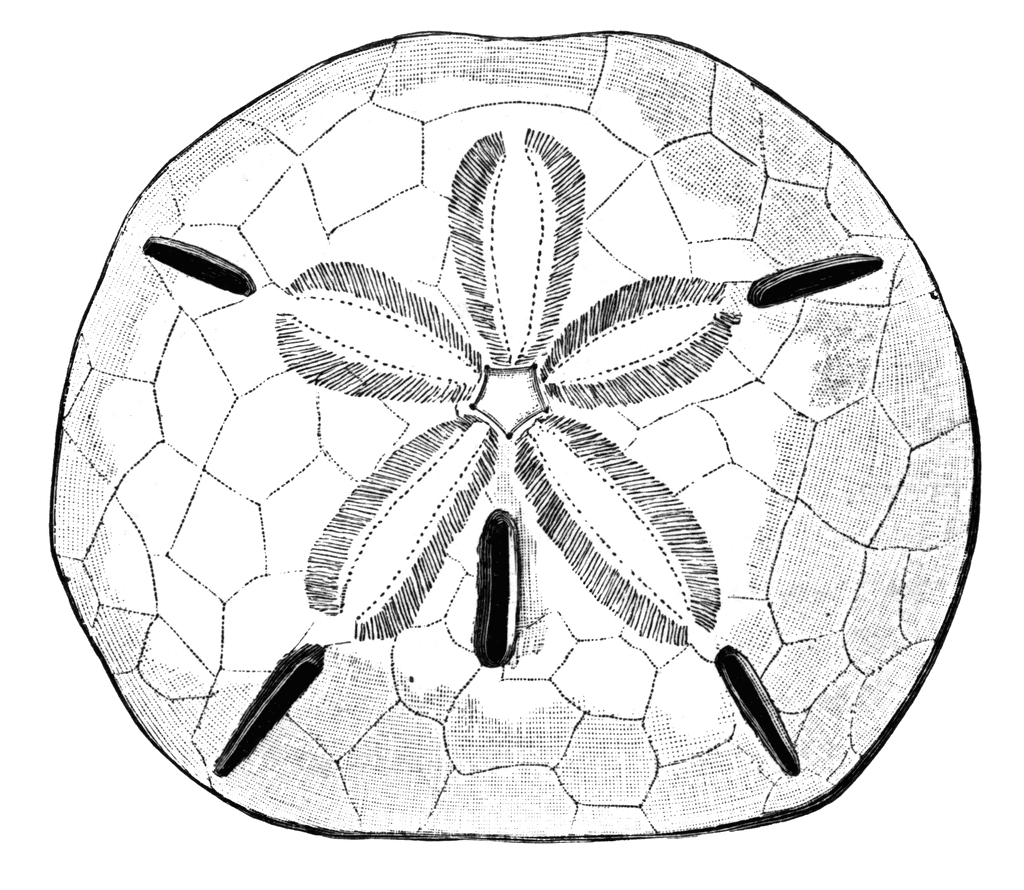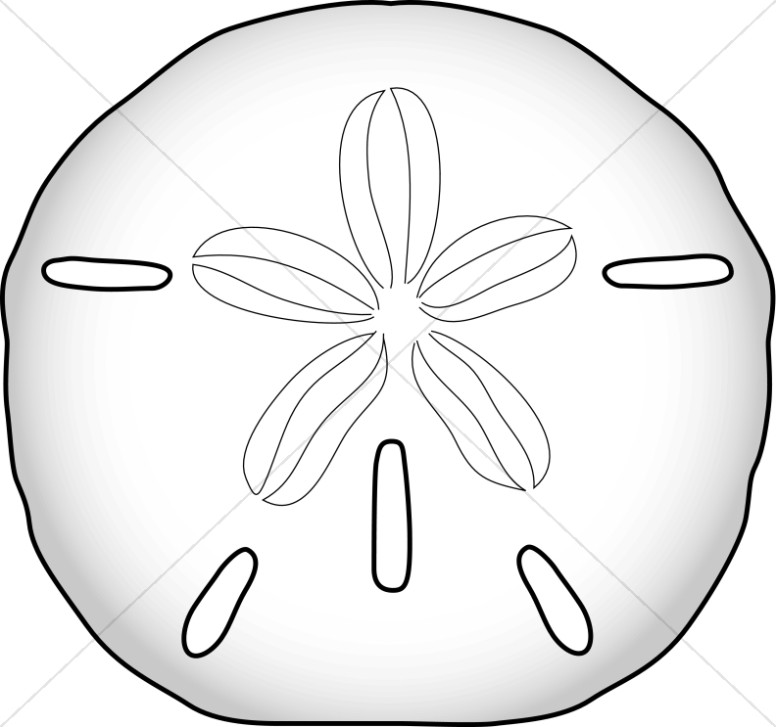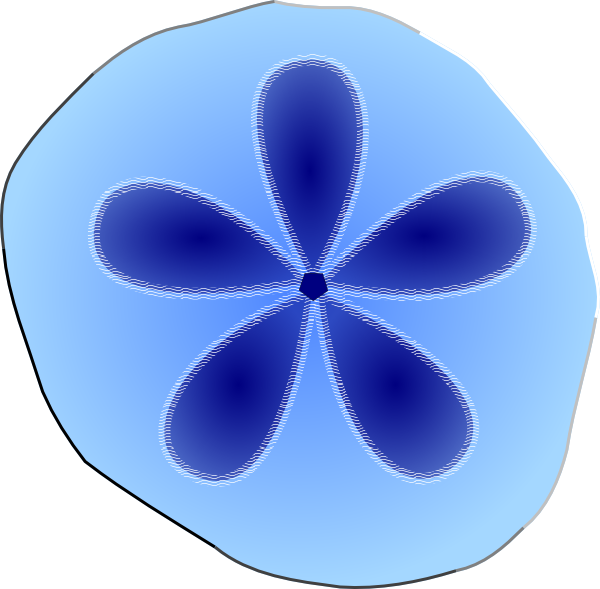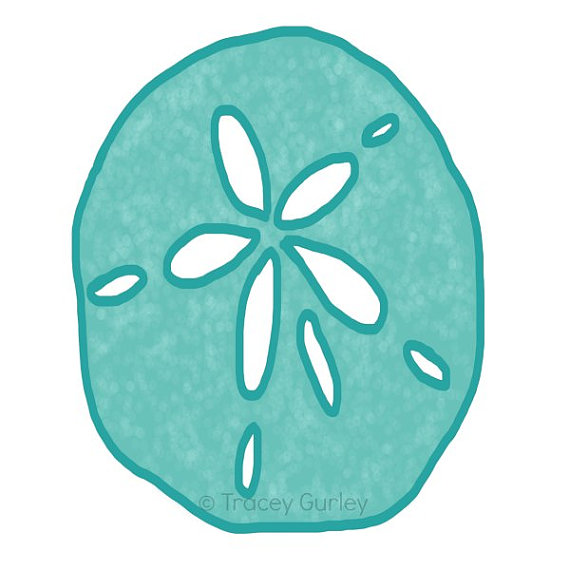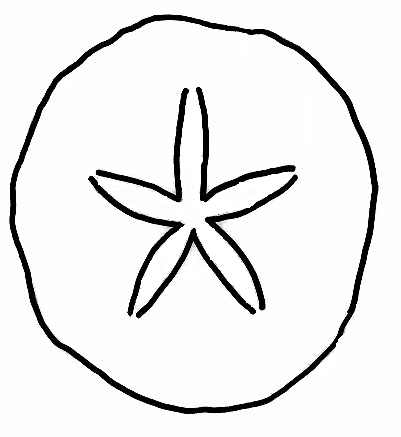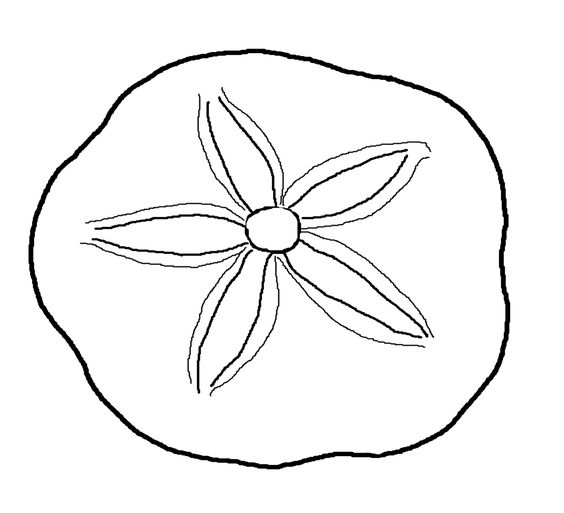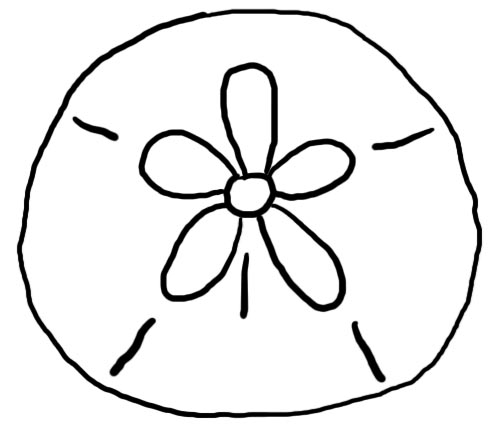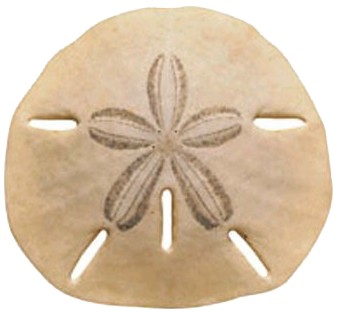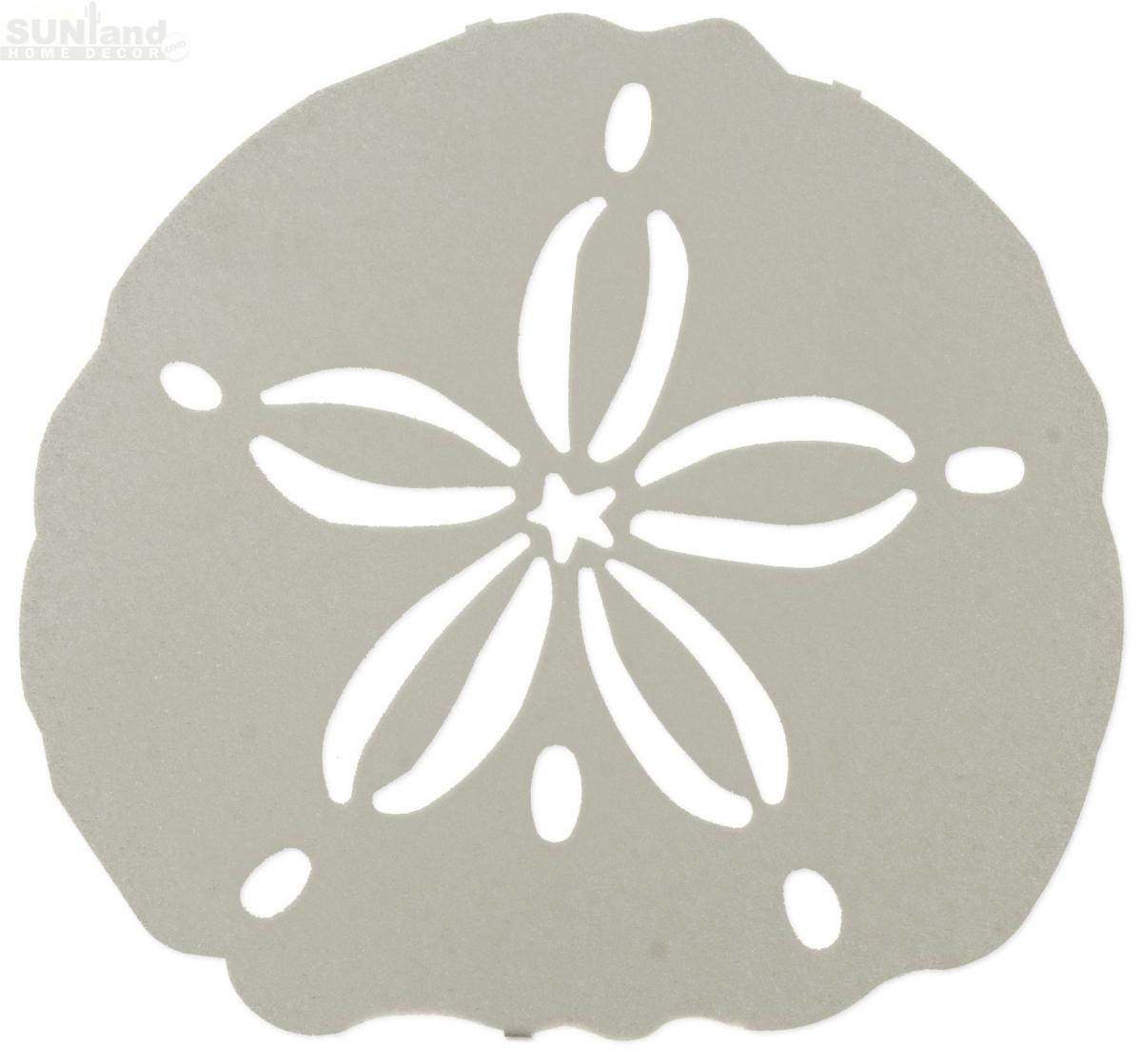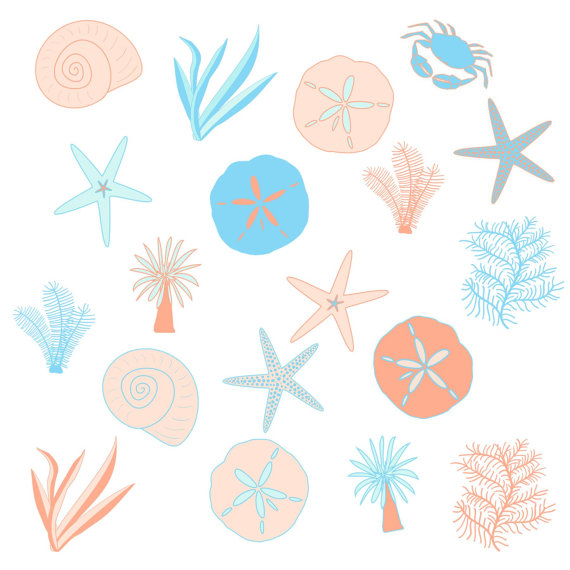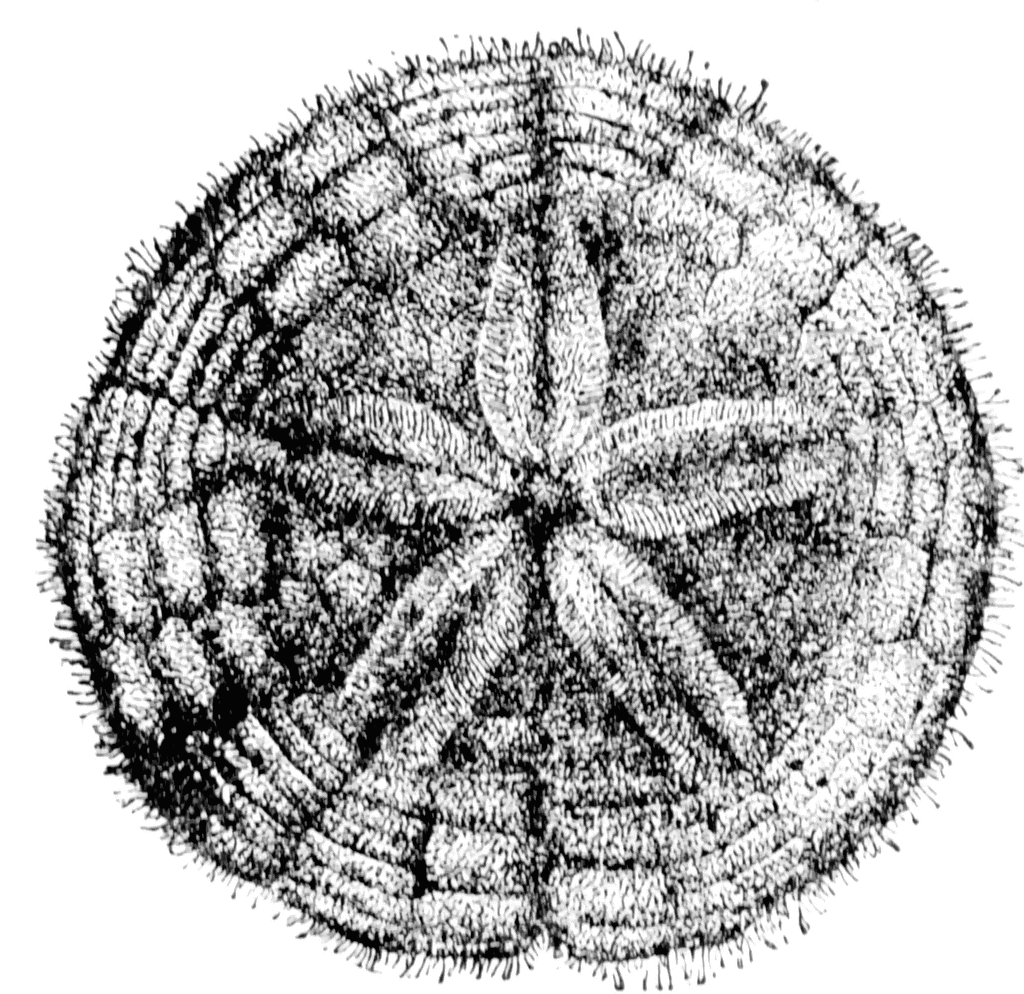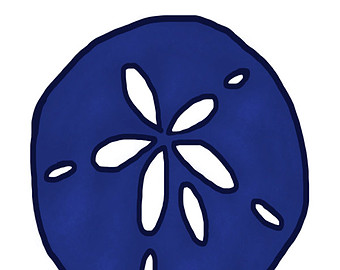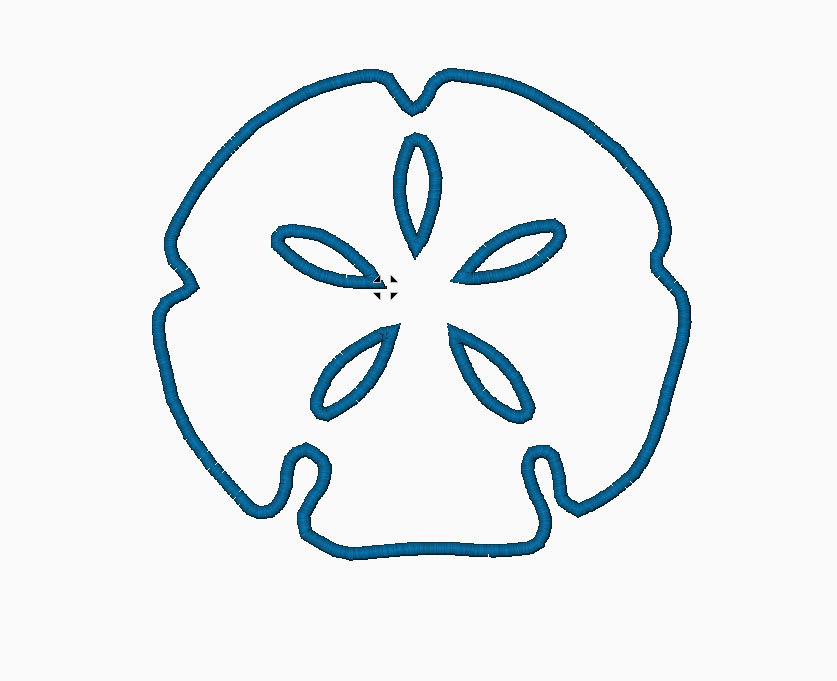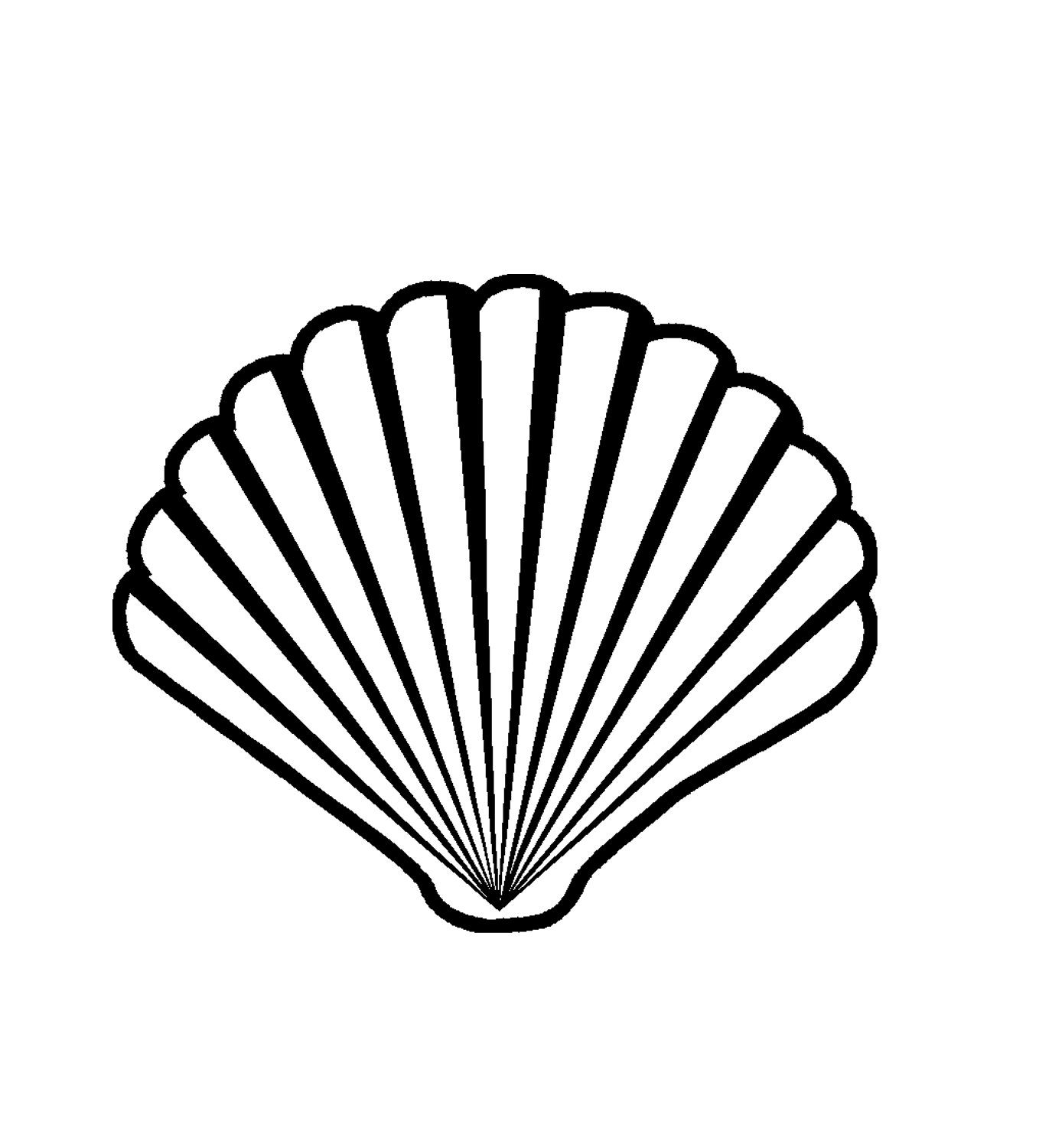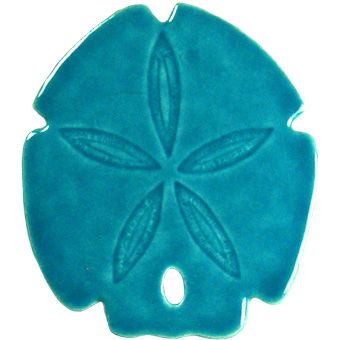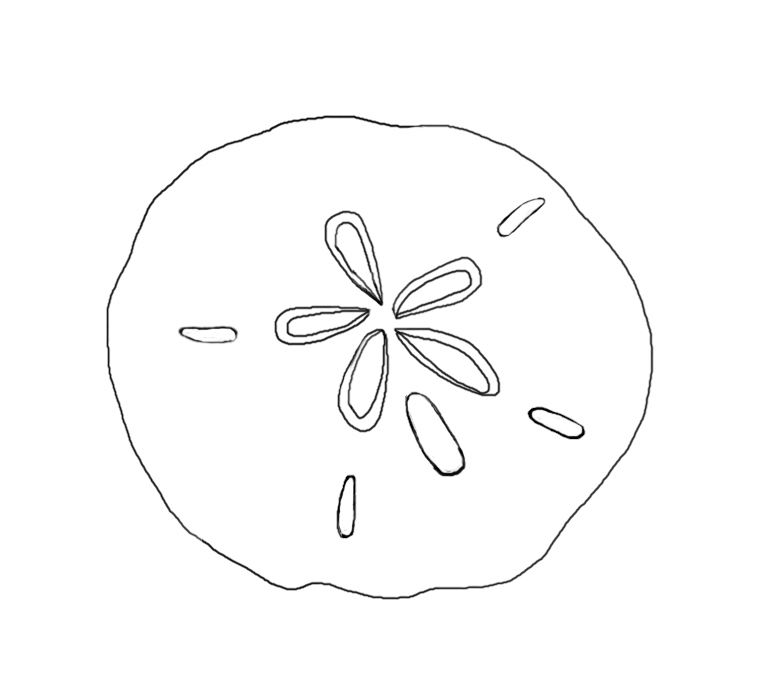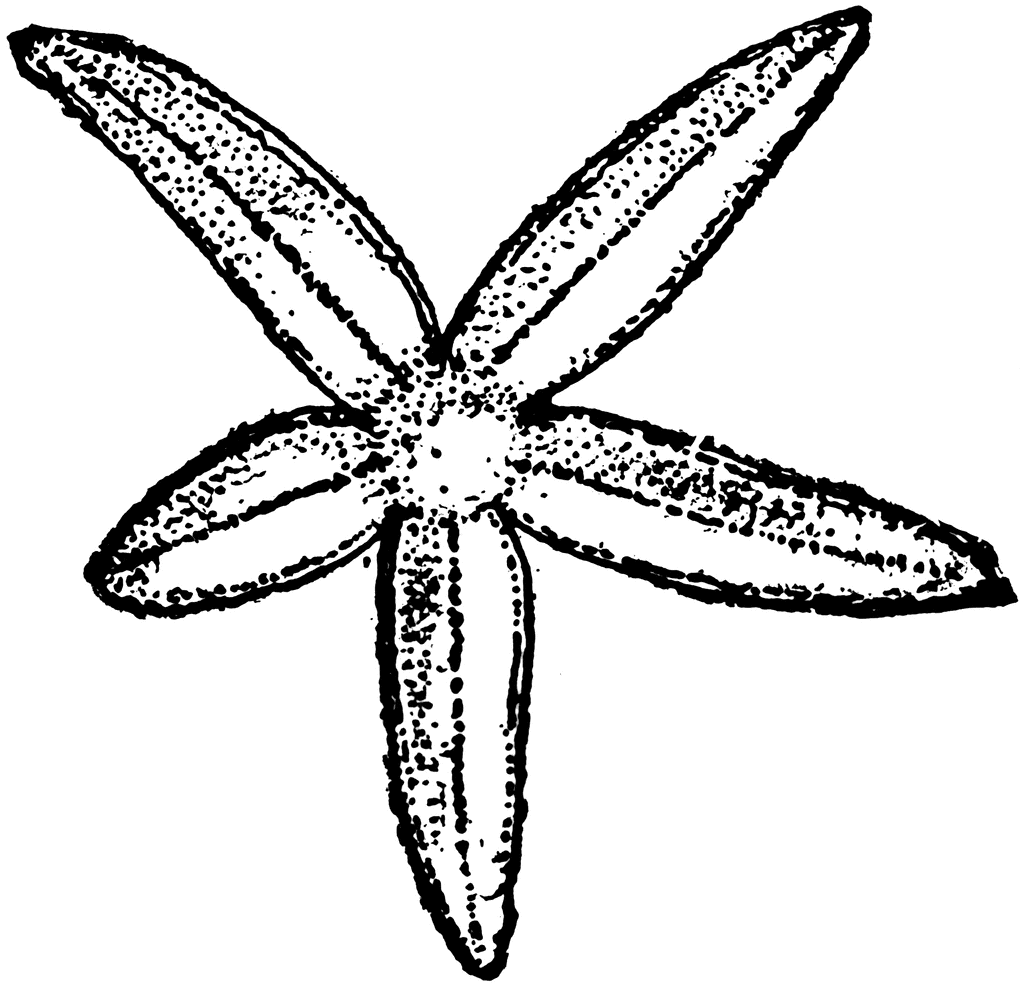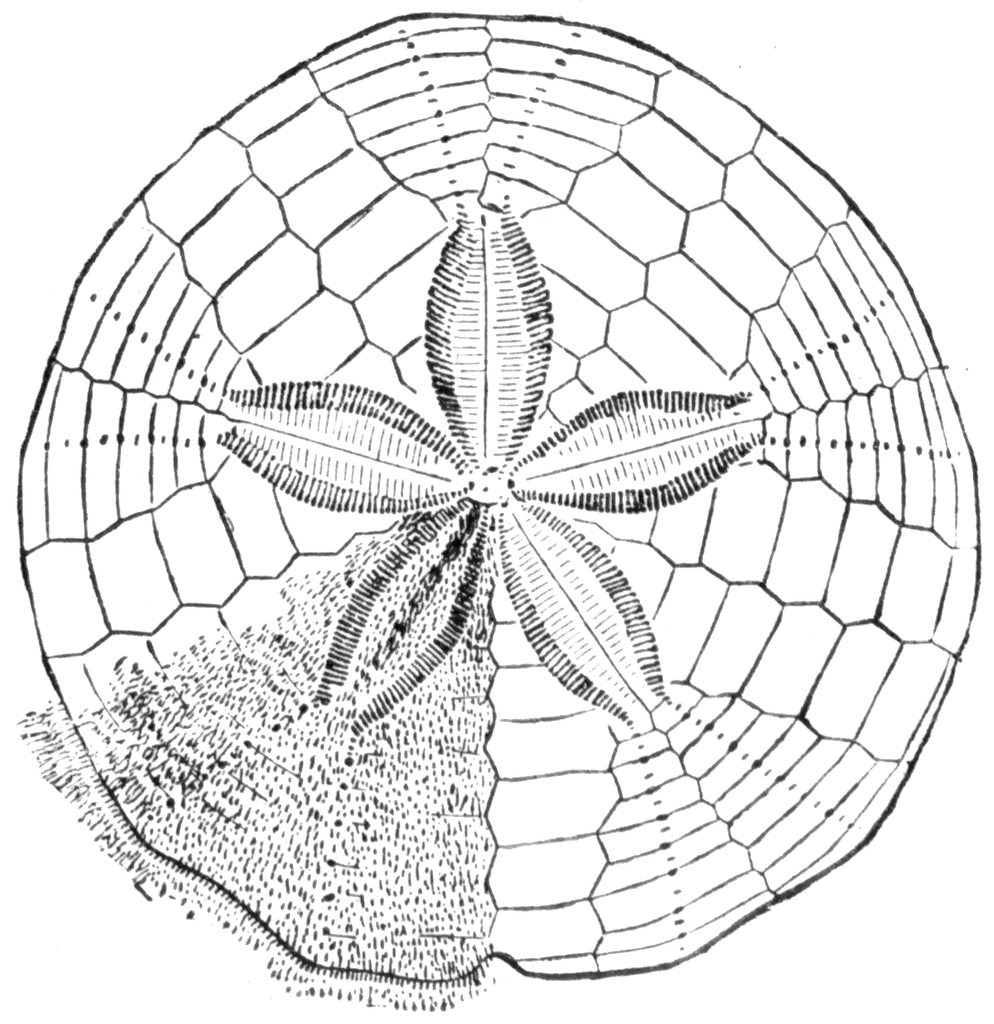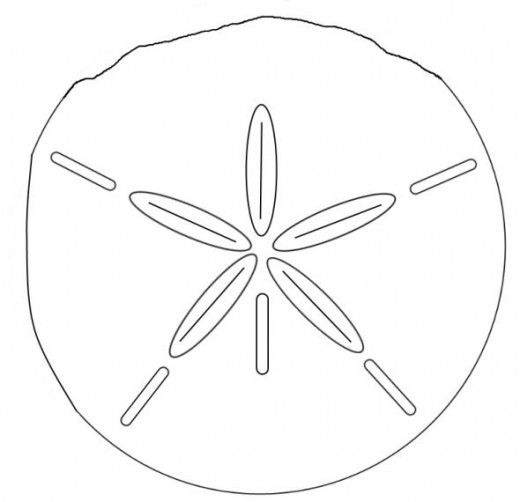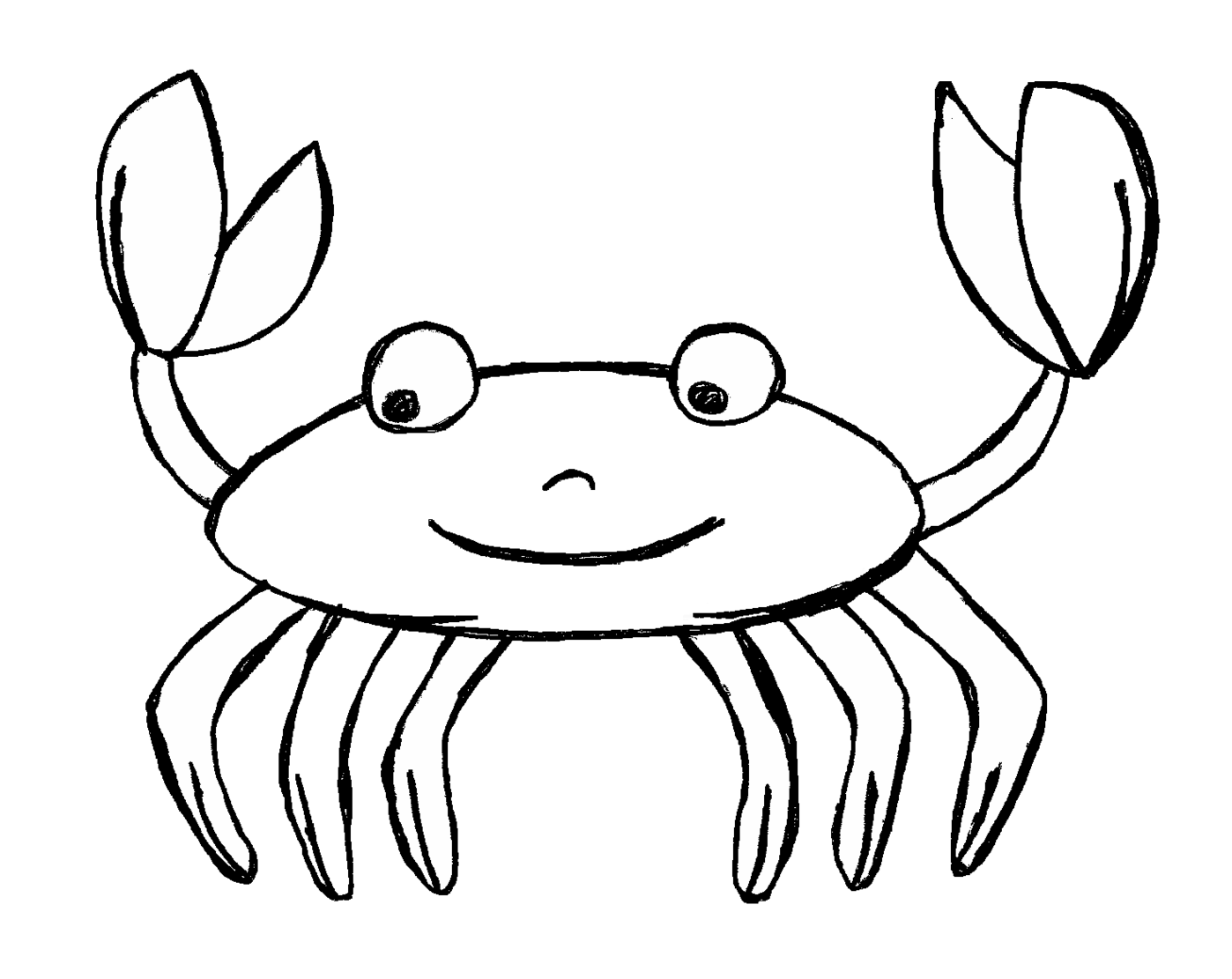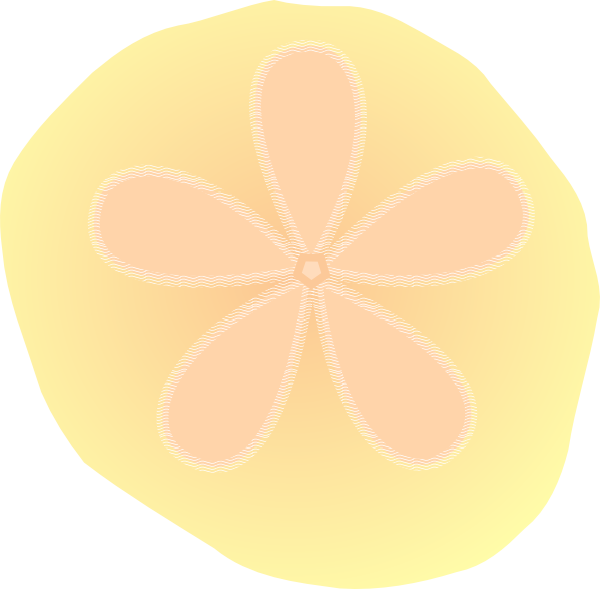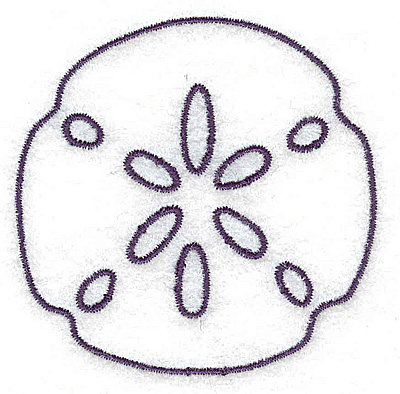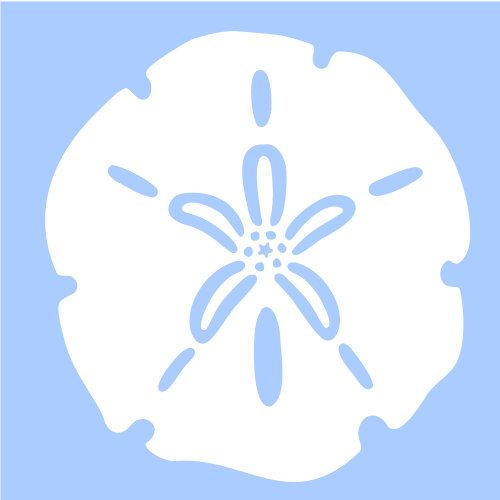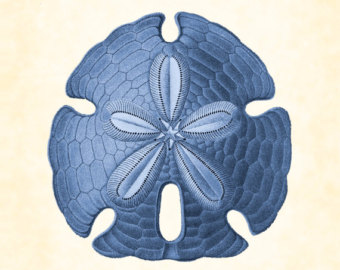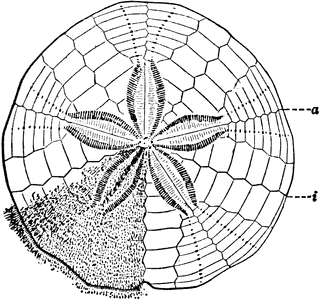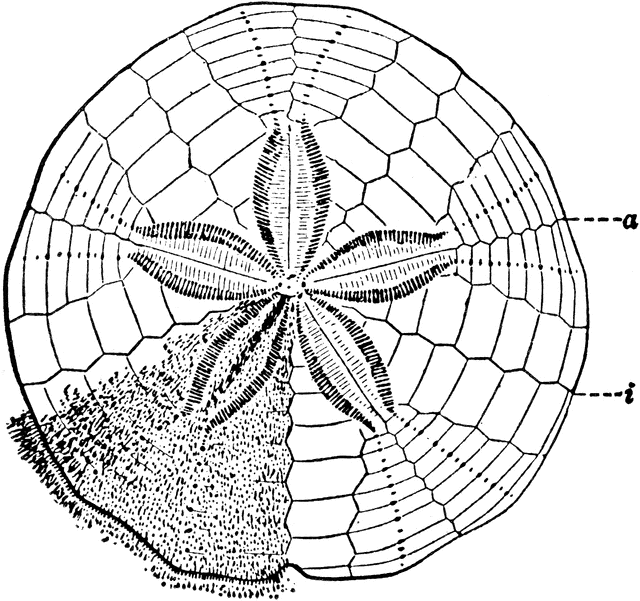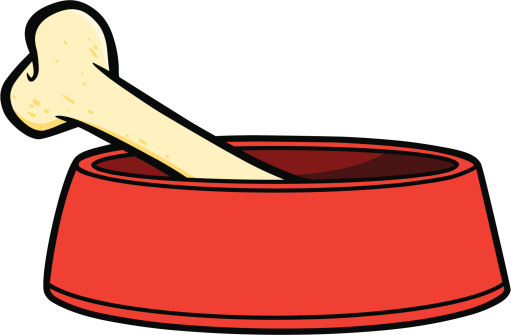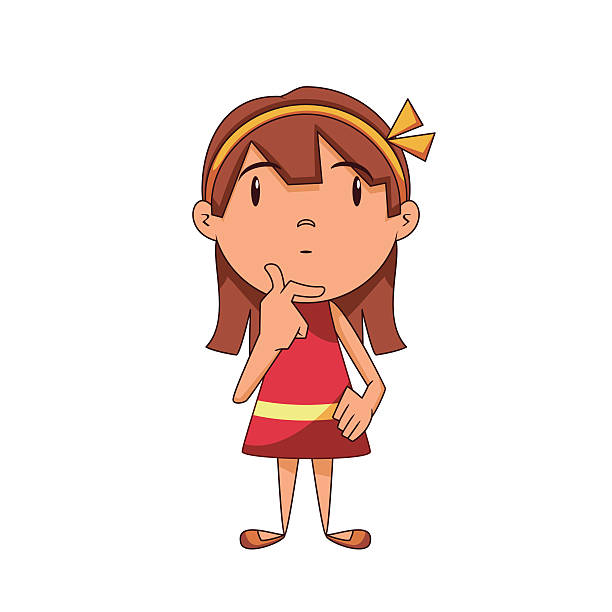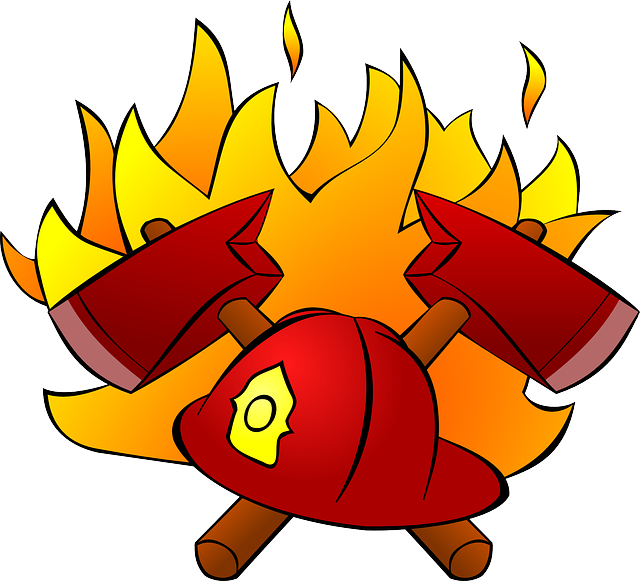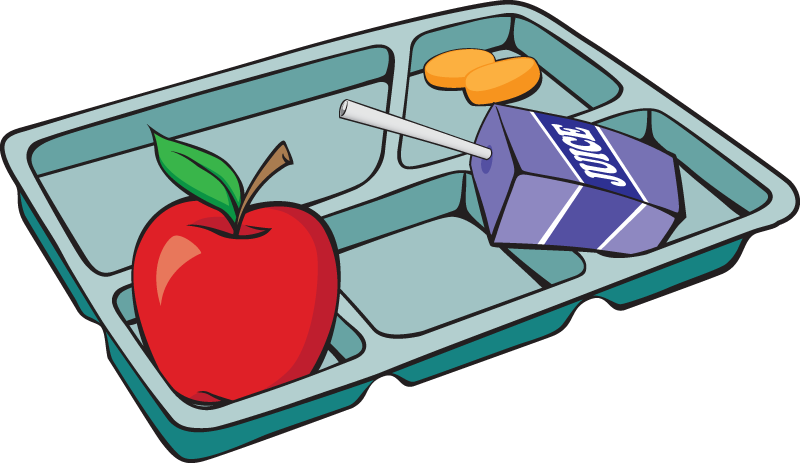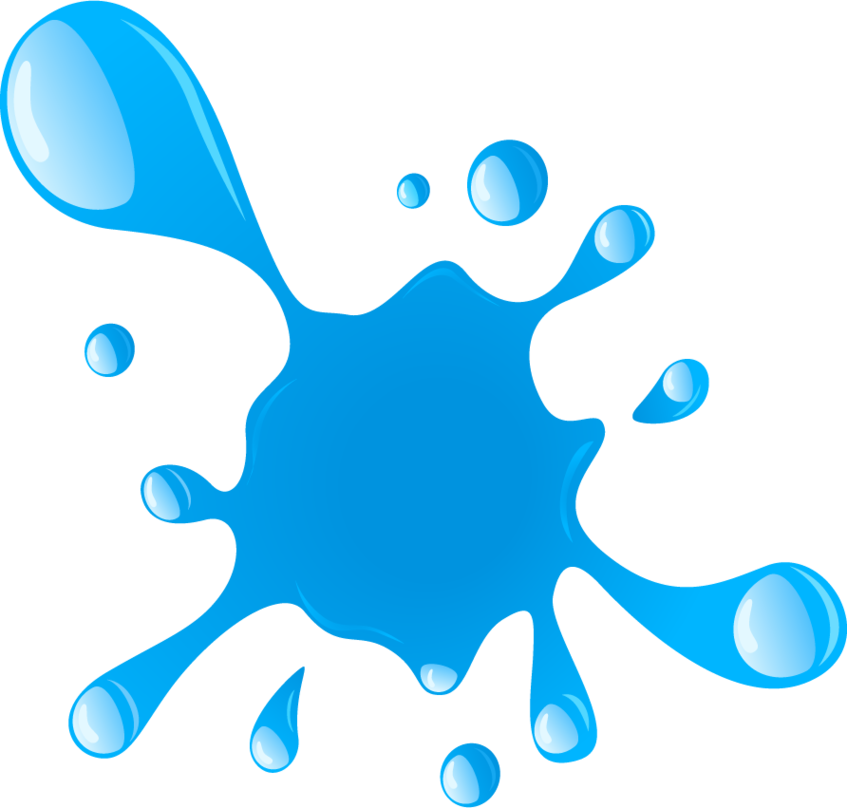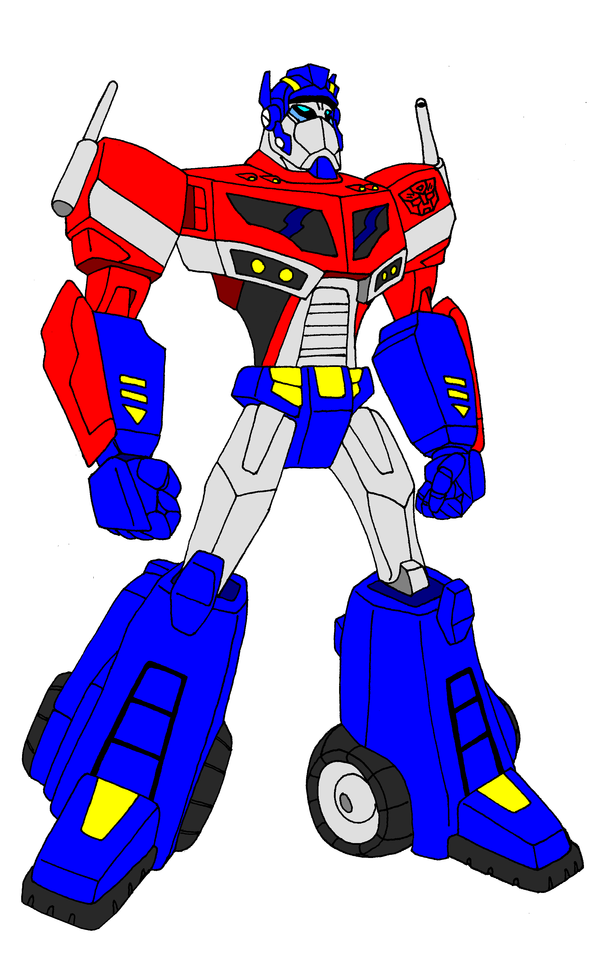Sand Dollar Clipart
Sand dollars are fascinating creatures that belong to the echinoderm family and are closely related to sea urchins and starfish. They are named so because they resemble a coin or a coin-shaped biscuit made of sand. These marine animals are found in the tropical and sub-tropical regions of the world, particularly in the Atlantic and Pacific Oceans.
The body structure of sand dollars is formed by a hard exoskeleton made of calcium carbonate, just like other echinoderms. The top side of the exoskeleton has a series of small holes or pores arranged in a distinct pattern, giving the sand dollar its unique shape and design. These pores are used for breathing, and they help in the circulation of water and food through the body.
Sand dollars are not usually active swimmers, but they prefer to move by sliding themselves across the sandy ocean floor. They are filter feeders, and their typical diet consists of plankton, small crustaceans, and algae. Sand dollars use their tiny cilia, which are hair-like structures, to move water and food through their body and extract the nutrients from their prey.
One of the most fascinating things about sand dollars is their ability to regenerate. If they lose a limb or a part of their exoskeleton, they can regrow it within a few months. This unique feature has helped sand dollars to survive in harsh environments, where they are often preyed upon by sea creatures such as crabs and sea stars.
Sand dollars reproduce through external fertilization. The male sand dollars release their sperm into the water, and the female sand dollars release their eggs. The eggs and sperm combine in the water to form a fertilized egg, which develops into a free-swimming larva. These larvae then attach themselves to a substrate such as rocks or coral and develop into juvenile sand dollars.
Sand dollars have been a popular item for collectors, and this has led to a significant decline in their population. Some countries have imposed strict regulations to protect sand dollars and other echinoderms from overexploitation.
In addition to being an essential part of the marine ecosystem, sand dollars have cultural and spiritual significance. In some cultures, they are associated with good luck and are considered to be a symbol of wealth and abundance. In Christianity, sand dollars are said to symbolize the birth, death, and resurrection of Jesus Christ, and the five pores on the top of the sand dollar are believed to represent the wounds of Christ's crucifixion.
Sand dollars are intriguing creatures that continue to fascinate marine biologists and enthusiasts alike. Their unique shape, design, and regenerative ability make them a significant part of the marine ecosystem, and they play a vital role in maintaining the delicate balance of nature. It is imperative that we take the necessary steps to protect these incredible creatures and ensure their survival for future generations to appreciate and enjoy.
46 Sand Dollar Clipart vector / images. Browse the popular clipart of sand dollar and get Sand Dollar Clipart for your personal use. Please share these Sand Dollar Clipart to your friends if it is useful.
